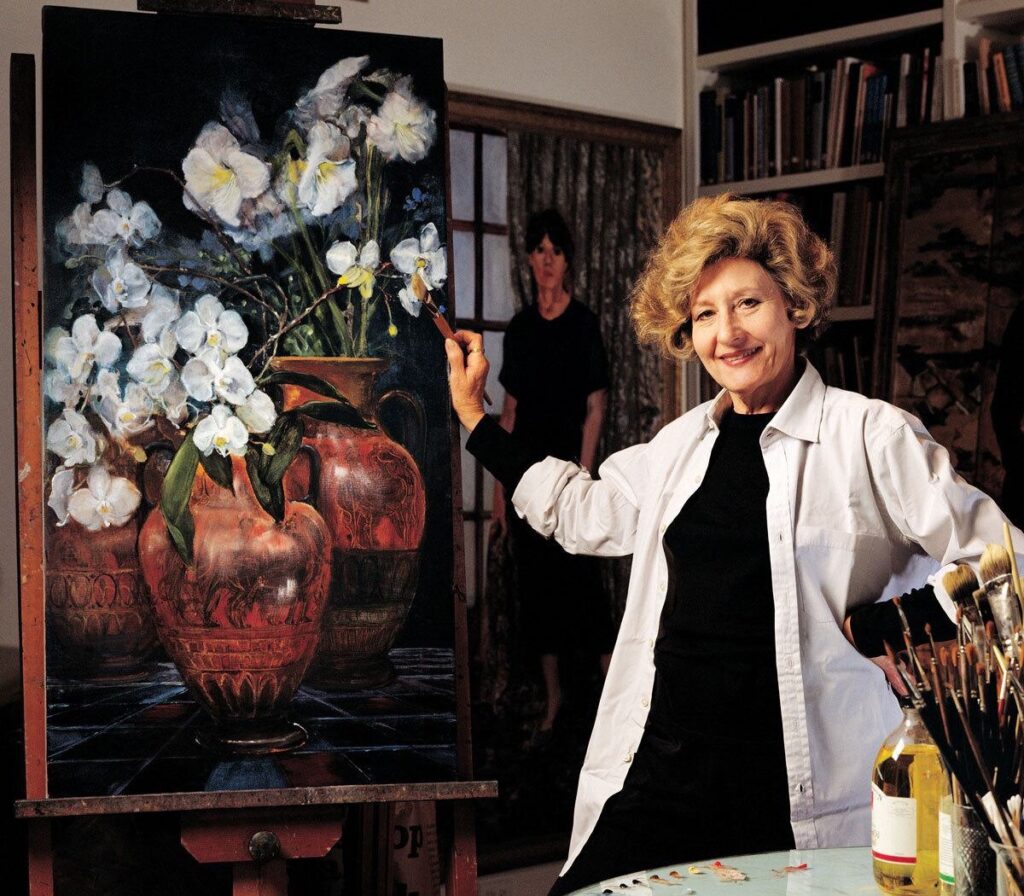A Silver Anniversary for the Gold Standard in Performing Arts
For nearly 25 seasons, The Clarice has celebrated theater, music and dance.
SCOT REESE CRANED HIS NECK up at the soaring atrium of the new Clarice Smith Performing Arts Center for the first time in 2001 and knew immediately that a moment of dramatic transformation was unfolding at the University of Maryland.
A professor of performance who’d joined the faculty in 1995, Reese was used to the outdated lighting grids, paint-splattered walls and creaking floorboards in the old Tawes Fine Arts Building. Here, though, Reese became emotional as he took in the scale of this sprawling new venue, with its six performance halls, library, classrooms, offices, rehearsal spaces and café. He marveled at the natural light pouring through glass walls and the blend of modern design and functionality.
“There was a sense of validation—like all the late nights, the scrappy shows, the rehearsals in too-small rooms had led to this,” says Reese, now a professor emeritus. “I felt proud, not just for myself, but for everyone in the arts community at Maryland. We were finally being seen.”
The 318,000-square-foot building was the largest ever constructed by the state—and remains the largest performing arts center in Maryland. Critical to its creation was a $15 million gift from artist Clarice Smith and her husband, Robert Smith ’50; the state, Prince George’s County and other private donors provided additional support.
The Clarice, as it’s colloquially known, will celebrate its 25th season this academic year, having altered the trajectory of theater, dance and music at the University of Maryland. With its state-of-the-art technical capabilities, collaborations with international artists, and educational offerings and outreach, the center has become a crown jewel of the university.

Center namesake Clarice Smith was known for her portraits, still lifes, florals, landscapes and equestrian scenes. Smith showed her work at galleries in the U.S. and abroad. (Photo by John T. Consoli)
“The building is a spectacular cultural resource, but what’s really special is that it’s the home of so many talented, passionate and committed staff, faculty, students and acclaimed artists who innovate and create and bring programs alive for UMD and the surrounding community,” says Terrence Dwyer, executive director of The Clarice.
The center, part of the College of Arts and Humanities, has hosted artistic luminaries like Harry Belafonte, Rita Moreno, Dionne Warwick and John Lithgow, along with state, national and world leaders for lectures and conversations, including the Dalai Lama and Al Gore. It has hosted groundbreaking musical collaborations, innovative interpretations of classical operas, global debuts of thought-provoking plays, an annual gathering of the nation’s most talented young instrumentalists and even an international puppetry festival.
UMD’s School of Music, the School of Theatre, Dance, and Performance Studies and the Michelle Smith Performing Arts Library all have a home in The Clarice, giving both students and local residents the chance to develop and sharpen their artistic skills—whether through UMD classes, student-community ensembles or opportunities like the Terrapin Community Music School, which offers area middle and high school students affordable music lessons.
“I am very proud to lead a college that has this gem of a performing arts center,” says Stephanie Shonekan, dean of the College of Arts and Humanities. “The Clarice allows us to attract some of the most talented artists, musicians, dancers, designers and actors to study, perform and produce work that helps us understand who we are as individuals and as part of a global community. Experiencing the performing arts at The Clarice inspires us to imagine and shape a better future together. Today, this feels more essential than ever.”
Read the full article and see the photographic tour of the landmark center’s first act.